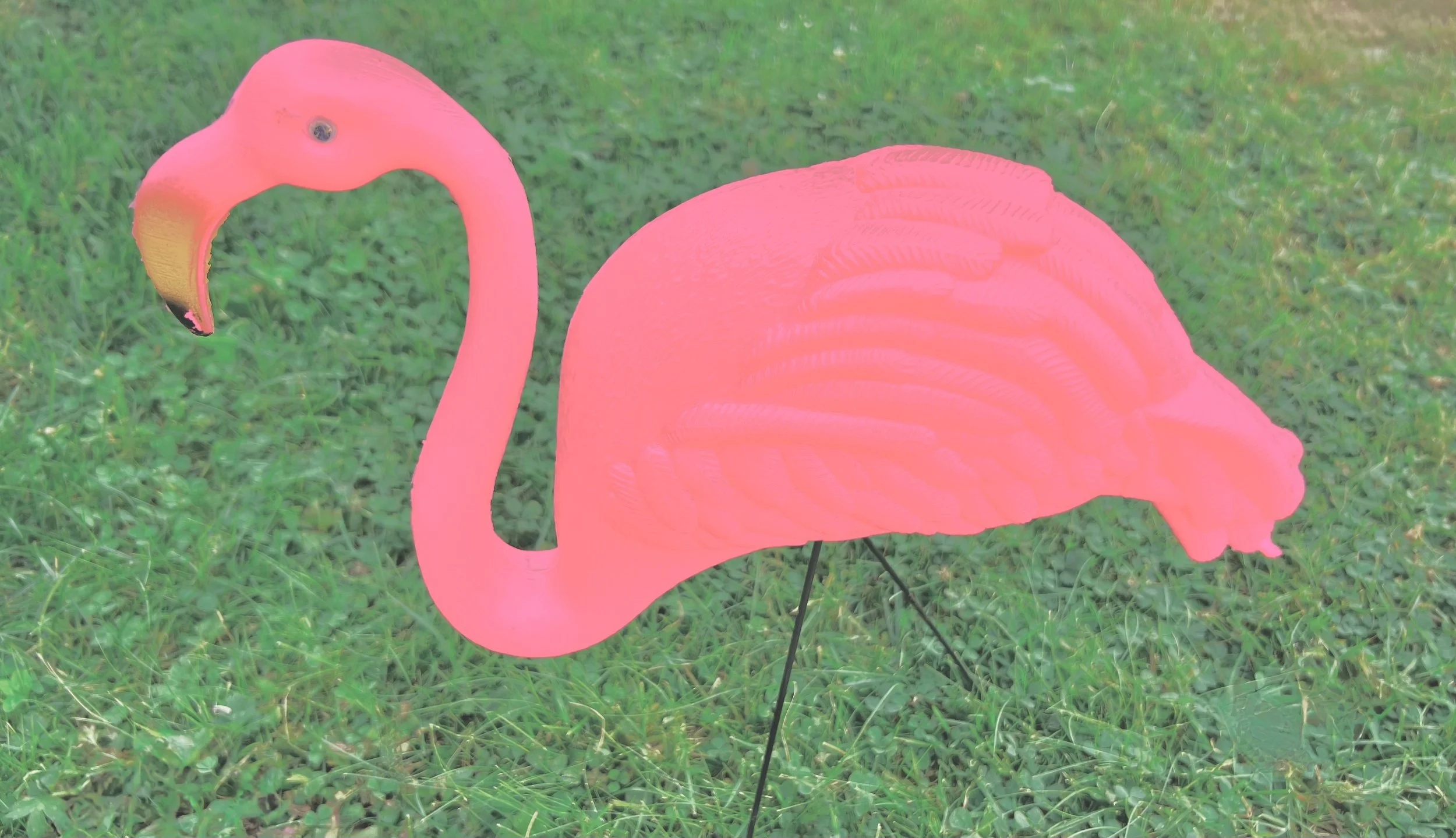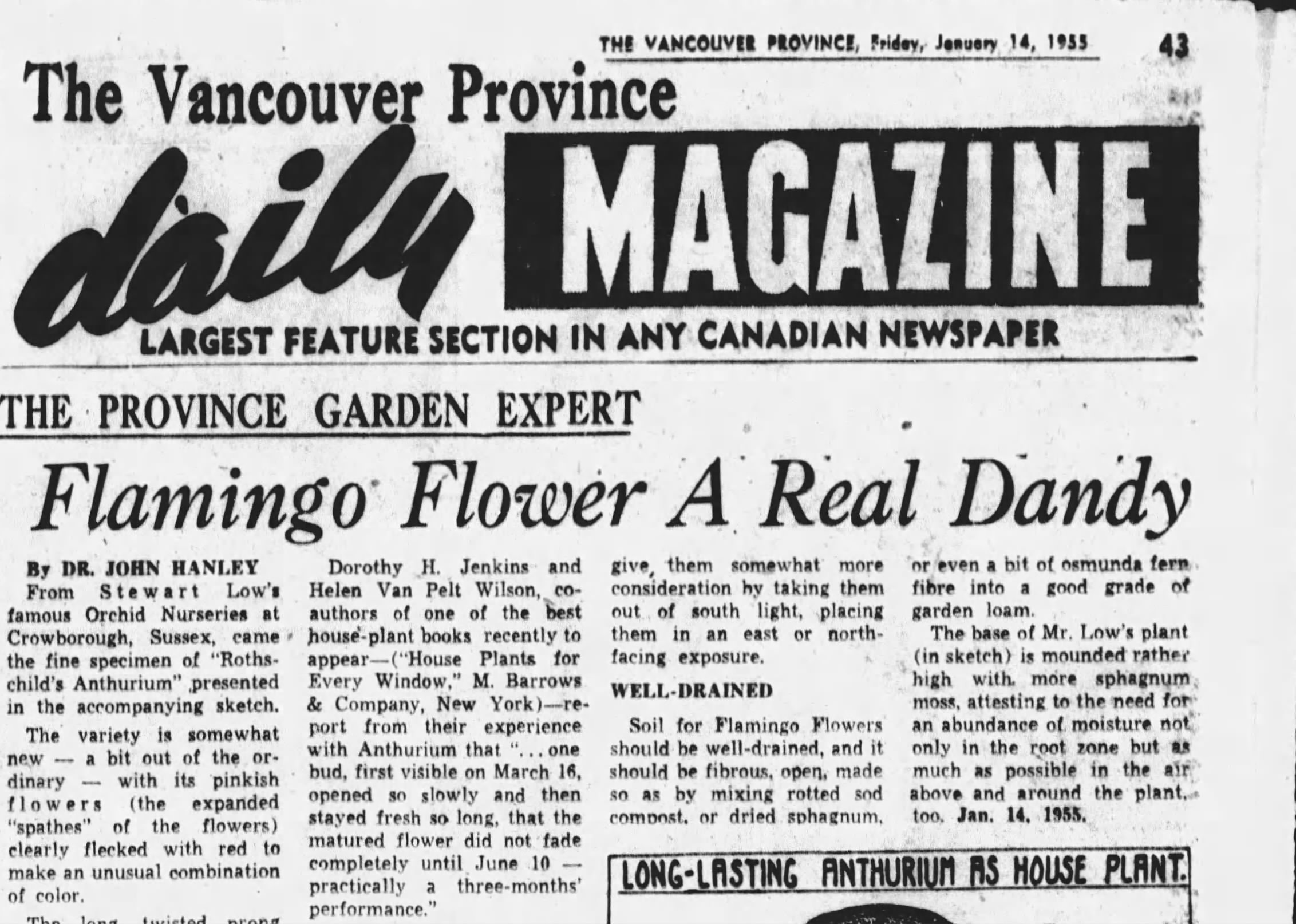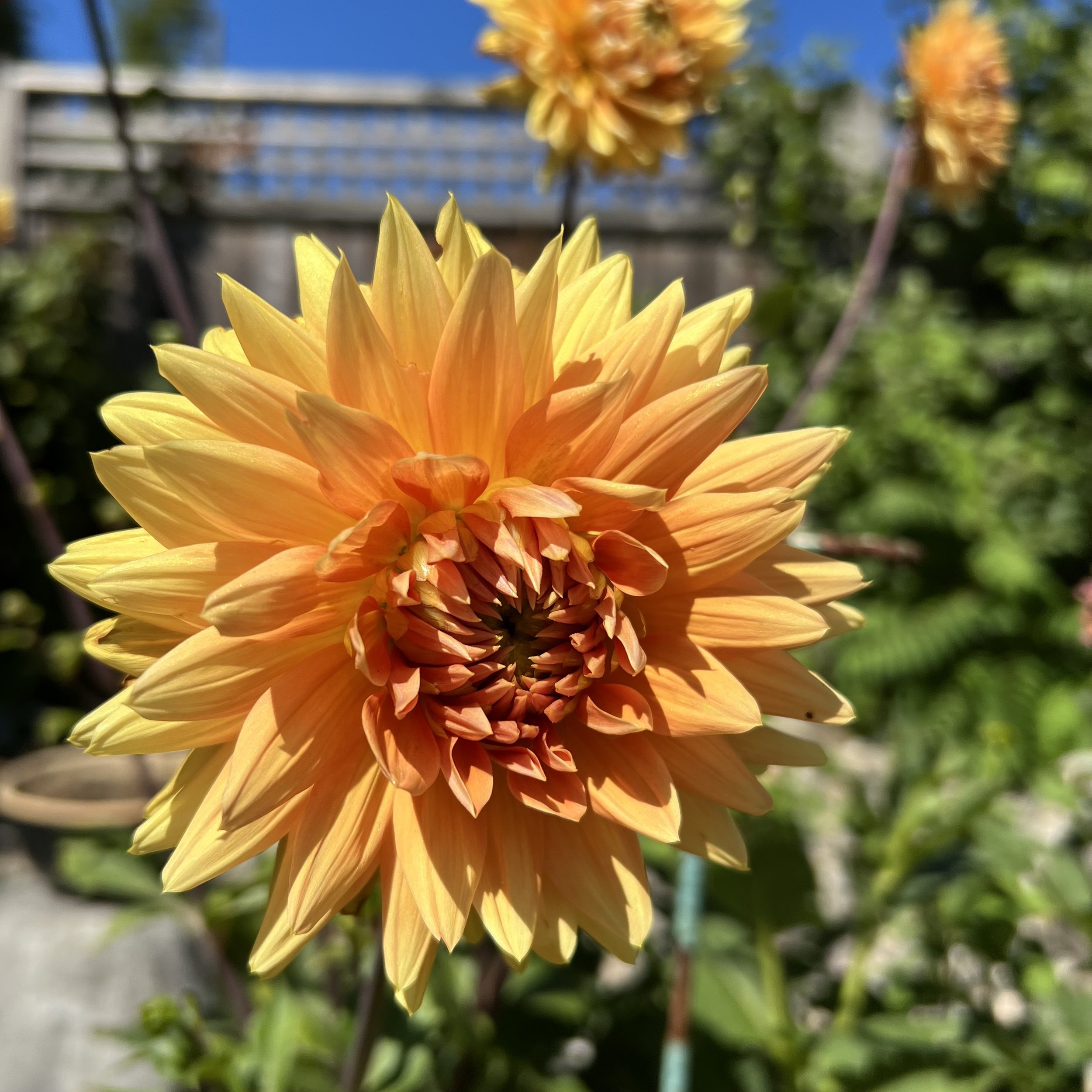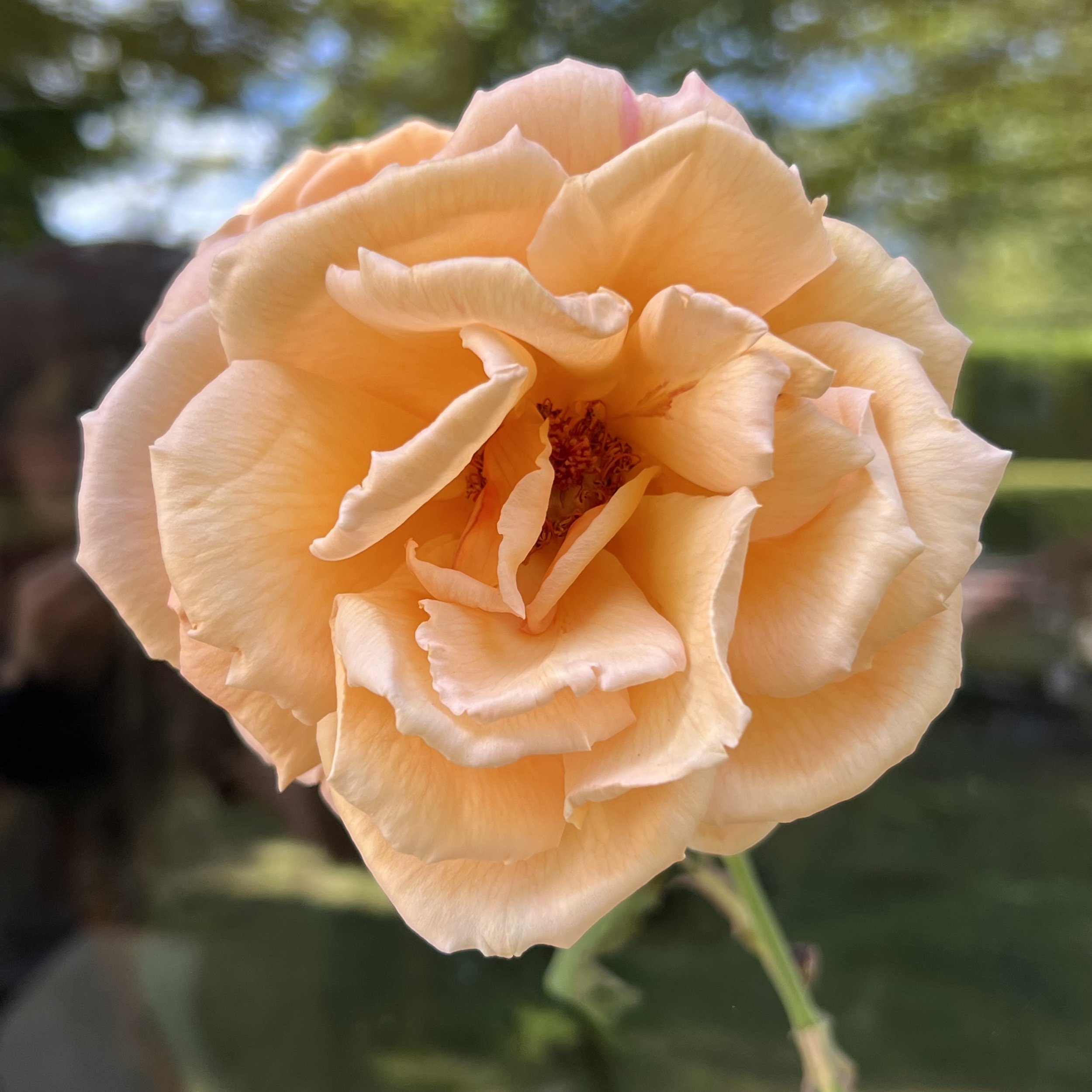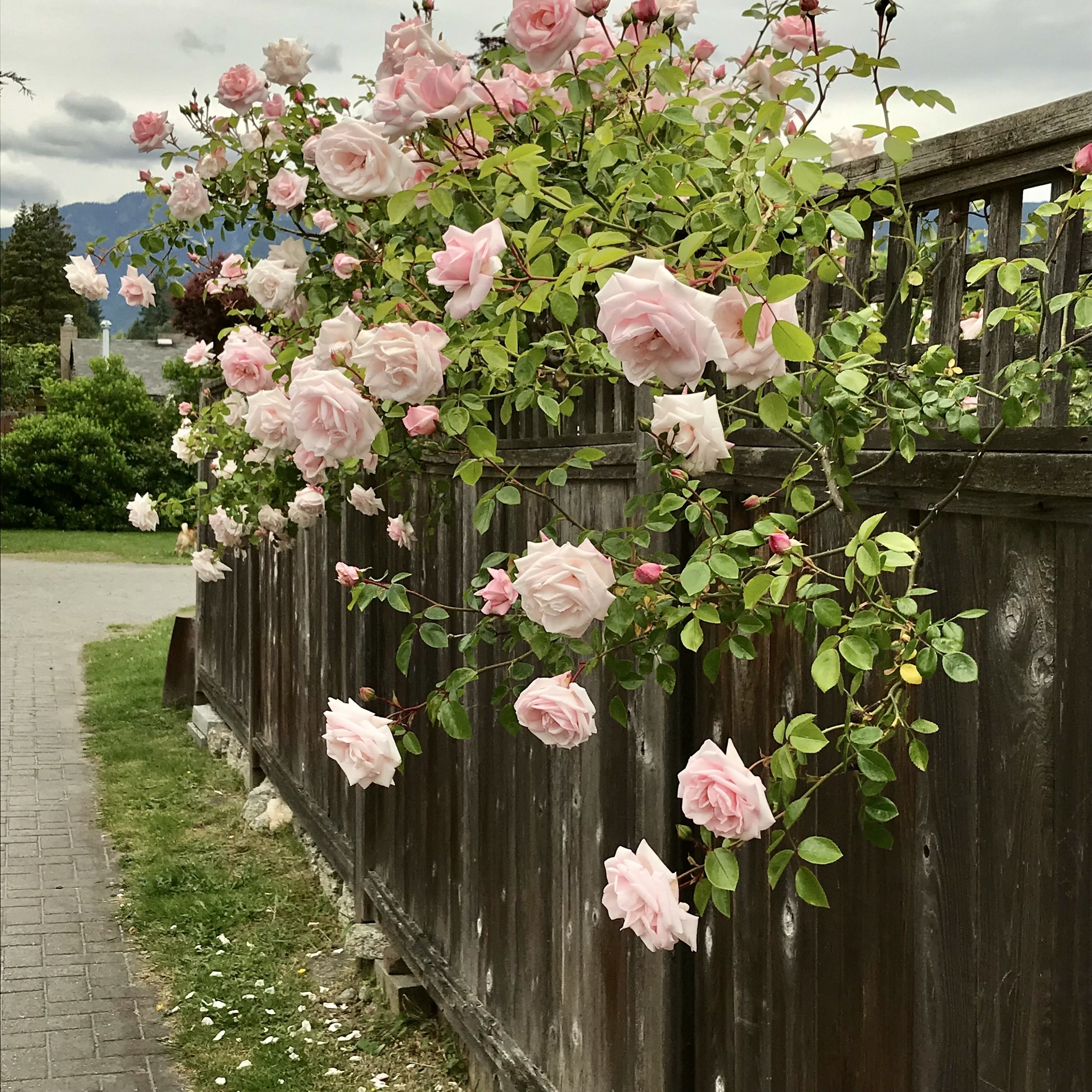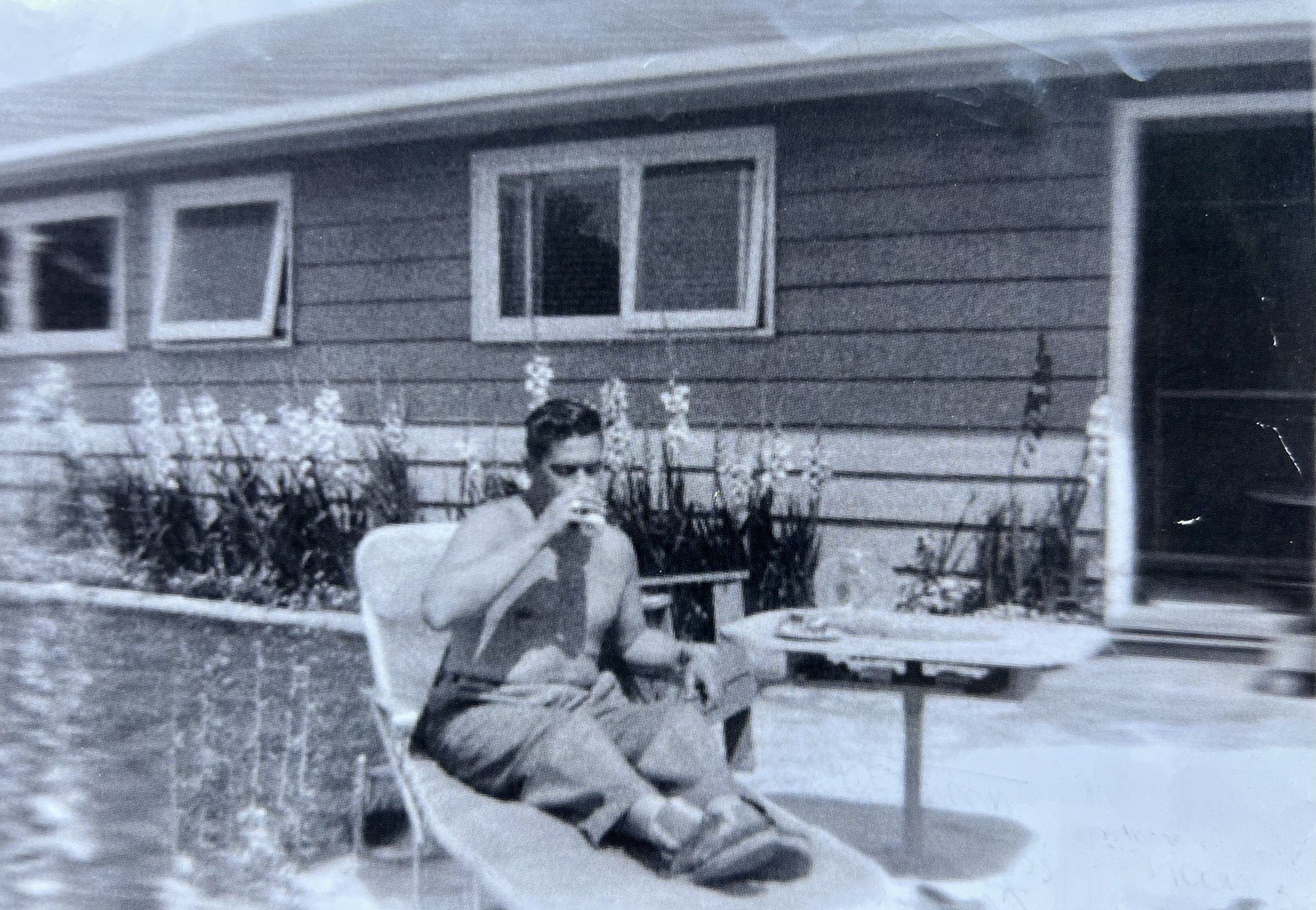As the summer comes to a close, many people are making the most of it and enjoying down time on a lounge chair in a grassy backyard. But however common this scene is now, it wasn’t common until about 70 years ago.
The 1950s, especially in North America, were a dynamic decade with a lot of change. The post-war lifestyle saw men returning to civilian life and a 40 hour workweek. This gave them more time with their families and more disposable income to spend on leisure items, such as ones that were becoming common for the backyard. At the same time, the Baby Boom was creating a greater need for housing, and new, more affordable housing construction methods allowed for the creation of many suburbs across North America. The most common, affordable style of house was a modest sized rancher, and the modest size allowed space on the lot for most of the these new homes to be built with a good-sized backyard- big enough to create a getaway from hectic, every day life.
A number of trends during this decade created a whole new look for gardens. They became more outdoor living rooms than an eco-system- and flowers and shrubs were used more as decorations for these rooms rather than living things in their own right. Although things are slowly changing, many of these trends remain popular to this day, and the iconic, grassy yard with flower trim is still one of the most popular garden styles in North America today.
From front porch to backyard
Once a coveted social feature on a house, the front porch was now less desirable, as the backyard became the place to be as a leisurely escape from the workday and a private oasis for the family. Instead of casually stopping to chat with neighbours on the front porch, an invitation was now required to spend time in the back.
The utilitarian function of the backyard that was common before the 1950s for doing laundry, growing food, and as a general outdoor workspace was exchanged for a place to relax. Laundry could be now done indoors in machines, food could be easily and cheaply bought at a supermarket, and building/fix it type jobs could be relegated to the garage or basement workshop.
An ad from from a WestCoast Lumber Pamphlet
Image courtesy of Clapstop County Historical Society via archive.org
Grass, Concrete and Chemicals
Grass lawns and concrete patios began replacing other types of gardens and was the norm for newly-built backyards. The front garden was also largely replaced with grass, and flowers and shrubs became more of an accent than the main attraction.
The idea of the perfect lawn and fancy patio area to complete a resort-like entertainment area in the backyard was popularised by magazines and became a sort of fantasy to aspire to in order to complete the ideal picture of life in suburbia.
Chemical companies began recommending grass seeds that they said were superior to other grasses, but required a number of chemical fertilisers and insecticides to keep the grass looking good. There were also a long list of different chemicals advertised to spray on garden pests. No matter the issue you had, there was a toxic chemical you could buy to thwart it. The perfect grass lawn and garden chemicals began a trend towards a garden that was far less friendly to the environment, not only because of the large amounts of chemicals used, but large tracts of grass also required much more watering than a traditional, mixed planting garden.
Flamingo
When many of us think of flamingos regarding the 1950s, we think of the plastic flamingo lawn ornaments which graced so many lawns during the period. However, flamingo was also a colour trend that leant an exotic feel to decorating. The particular shade of pink of the flamingo became popular in the backyard for both flowers and patio furniture.
My gladiolus this August opened into the perfect shade of flamingo pink.
Gardening must have been popular if the Province newspaper was writing about flowers in January!
Ad from The Province newspaper dated Friday, Jan. 14th, 1955 via newspapers.com
Bright and Big Flowers
Generally, people planted flowers that were large, showy and bright in colour. Subtlety in flower colours wasn’t popular until the 1960s. Dahlias, roses, geraniums, day lillies, rain lilies ( also called Pink Flamingos) and gladioli were a few among many popular flower varieties to grow, and came in bright and beautiful colours. These flowers complemented the bright patio furniture of the day and also created a stunning contrast against the green backdrop of the lawn. The 1950s celebrated colour and cheeriness in many ways as a result of being a post-war decade, and flowers were one facet of that trend. Of all the flowers, roses seemed the most popular and appeared to be in every garden in the 1950s.
Young girl enjoying roses in her Norgate backyard in the 1950s.
Courtesy of Mrs. Spracklin via Mark Pelesh and his realty calendar featuring Norgate.
Left from right from my 1950s era garden in photos: Large, sunny dahlias I planted, an original-planted rose the size of a dessert plate with a heavenly scent, original-planted climbing roses.
Japanese Gardens
Planting dwarf maples, bamboo, and using other traditional Japanese landscaping features such as moss, boulders and stone fountains became increasingly popular in the 1950s. Mid-century post and beam houses on the North Shore were the most likely type of home in this area to have extensive Japanese style landscaping. It was a strong departure from the big, bold and plastic trends that marked the era’s gardens, but worked well with the natural aesthetic of these homes. The elegant and exotic appeal of this look made it popular on a smaller scale in the backyards of other styles of homes as well on the North Shore. A number of homes on my block have dwarf maples planted in the front yard, including my own. The bright red colour in the fall is stunning. I also found the remnants of a Japanese style fountain amidst a forest of invasive bamboo in a corner of my backyard when I moved in.
A Norgate rancher with a 70-year-old dwarf maple. Like my own dwarf maple, this one will turn a fiery reddish-purple in the fall.
Plastic, Aluminum and Steel
In the 1950s, no backyard felt really complete without leisure furniture such as loungers, table and chairs, loveseat, and, if you were lucky, a pool. Many factories that had spent years producing ammunitions and other products for battle during WW2 were re-tooled in the 1950s into consumer goods factories, a number of them producing these increasingly popular backyard items. Yard maintenance items, such as lawnmowers, were also produced with these materials in large quantities and with more variety in the 195os than ever before.
Steel was still common for outdoor furniture, but new materials like aluminum and plastic became very popular materials for garden products as well. Aluminum products became so prolific that there were even fully aluminum patio umbrellas! Plastic was well-liked for its robust, waterproof and easy-to-clean properties.
Metal BBQs became a popular backyard fixture as well, further adding to the outdoor living idea. Some people even built outdoor sinks and ovens. Now, not only could you have a backyard living room, but a backyard kitchen as well!
1959 Reynolds Aluminum ad. The green and white umbrella is all aluminium.
Source: Photo of ad by ‘saltycotton’ on Flickr.
Four 1950s trends in view here: A row of gladioli, a concrete patio, a lounger and a pool. Photo of a new backyard in in the early 1950s in Norgate, North Vancouver.
Photo courtesy of Mr Dunn via Mark Pelesh’s 2010 Realty Calendar featuring Norgate.
DIY magazines
Not everyone could afford to fill their backyards with new garden furniture, patios, etc, and even those who could afford some couldn’t make their homes look like the magazine backyards on a budget. Enter the DIY magazine; ones like Popular Mechanics and Family Handyman were very popular in the 1950s and had garden projects for everything from planters and patio shades to furniture and BBQs.
Contents of this DIY magazine includes making a sunshine umbrella, garden chairs and garden swing along with various indoor projects.
Photo of vintage magazine for sale on used bookstore website, Abe books.
Veggie Patch to Supermarket
After WW2, large supermarkets began popping up all over North America. Food began to become more plentiful and cheap, rationing was over and supermarket companies began advertising the idea of how easy it was to pop over to the supermarket rather than grow your own food. Gardens with vegetables were still fairly common, but began disappearing more and more rapidly as shopping for food rather than growing it became the norm.
Atomic Gardening-literally
In 1953, near the beginning of the Cold War, the US president at the time, Dwight Eisenhower, gave a speech to the United Nations announcing his “Atoms for Peace” project. This project’s aim was to give peaceful nuclear technology to countries who renounced nuclear weapons. Canada was one of the countries who had representatives in this project along with Japan, Russia and a number of others.
At the time, in the US and various countries around the world, one of these peaceful technologies was used in gardening. Experiments took place where “gamma gardens” planted in concentric circles had a source of gamma radiation in the middle. The further out the plants were, the less radiation damage there was, and the higher the chance for mutations that would get passed on because the plant survived. Some of these mutations were positive- such as fungal resistance. In order to increase the possible results of the experiments, “atomic energised” seeds were marketed to housewives to grow and experiment with themselves at home.
My Own 1950s Garden
Fifteen years ago I moved with my young family to Norgate- a small, planned, 1950s-built community in the south-west corner of North Vancouver. It was based on the typical California suburb and was considered innovative for its time. I believe it has the largest concentration of 1950s houses left on the North Shore. My house and yard, aside from a few renovations, were largely as they had been when they were built in 1952. The front and back were mainly grass lawn, save from a few trees, shrubs, roses and the remnants of small Japanese garden complete with invasive bamboo. We had to get rid of the bamboo but kept any other original plantings that were healthy such as climbing roses that are a bright, light pink and give me great joy each June as they take over the fence. Rose bushes in the front against the home appear to be original as well and are fantastic shades of peach and bright yellow. Their scents are heavenly. A large, original Japanese Maple in the front yard provides welcome shade in the summer with room for a swing and a dwarf maple also in the front puts on a fiery show each autumn.
I’ve brought some of my garden into the 21st century by growing organically, taking away some grass in the back and planting fruit trees and a vegetable garden, but have kept enough grass for the kids to play on and have purposefully created a patio and deck oasis with bright garden furniture and colourful dahlias as an homage to the wonderful and colourful atomic gardens that graced homes in the 1950s.
Did anyone reading this grow up in the 1950s and experience any of these garden trends?
Many trends like a grassy yard are still going strong, but how long can we sustain so much grass with increasing periods of drought? I think, like in the 1950s, another big shift in our gardens is slowly happening, but this time it appears to be along with our changing environmental conditions, rather than mainly political and economic ones. What do you think?
FUN FACTS
Many foods we eat today such as ruby red grapefruit, cal rose rice and varieties of wheat, corn, peas, bananas and peanuts are just a few that came out of the atomic gardening approach.
Atomic gardening was first pioneered in the 1920s by University of Missouri crop scientist Lewis Stadler. He blasted barley and maize seeds with x-rays, and noticed the barley grew in a new range of colours.
Sources:newspapers.com, ripleys.com, plants2gardens.com, gardeningknowhow.com, viewpointsvancouver.ca, site.si.eu, neo.life, archive.com, Mark Pelesh realty calendars

